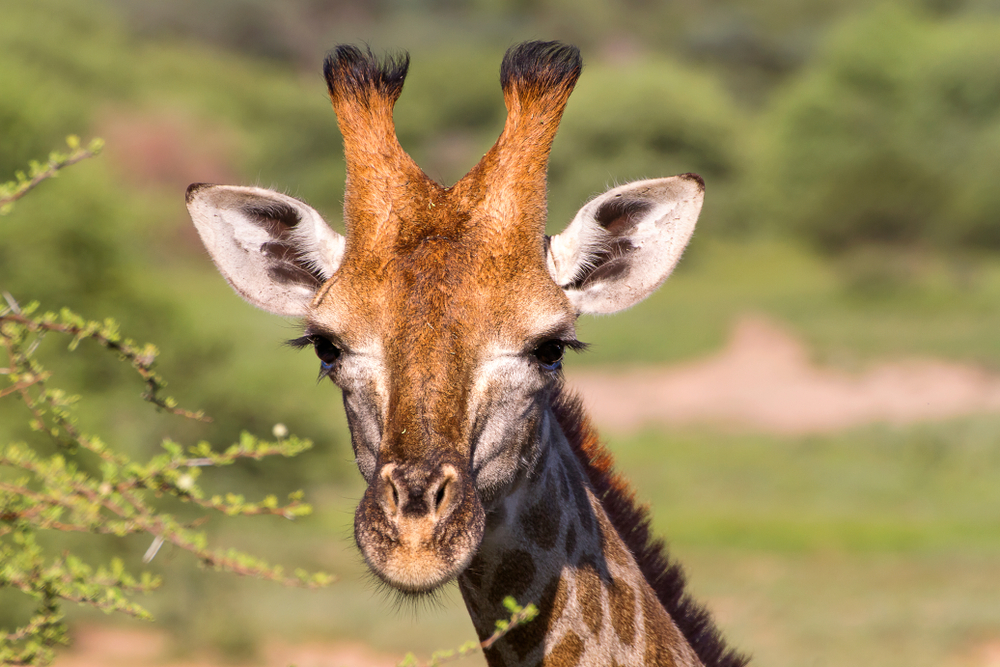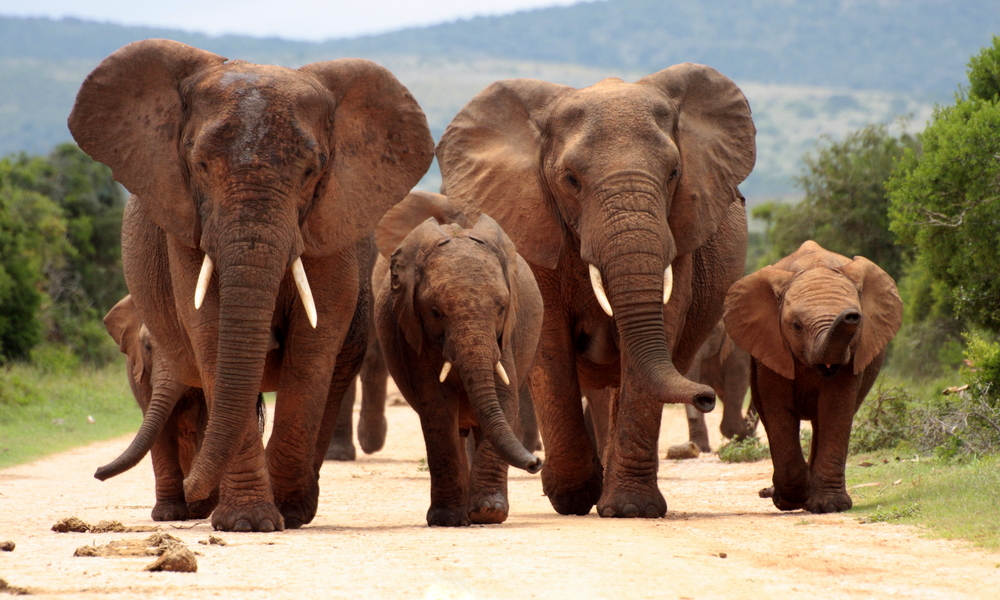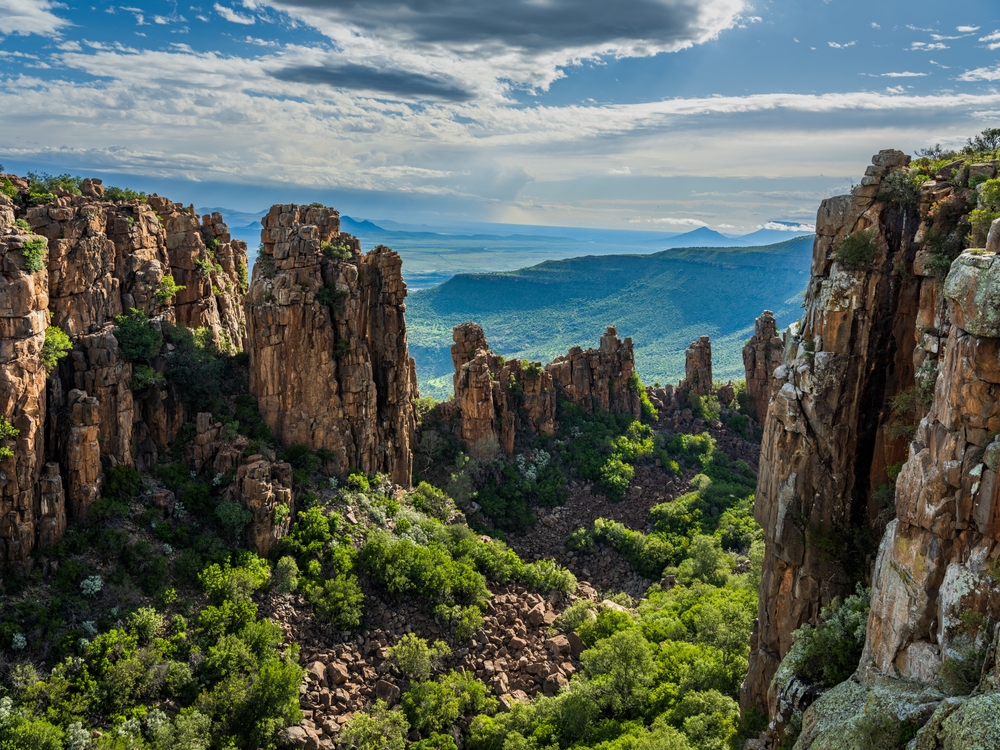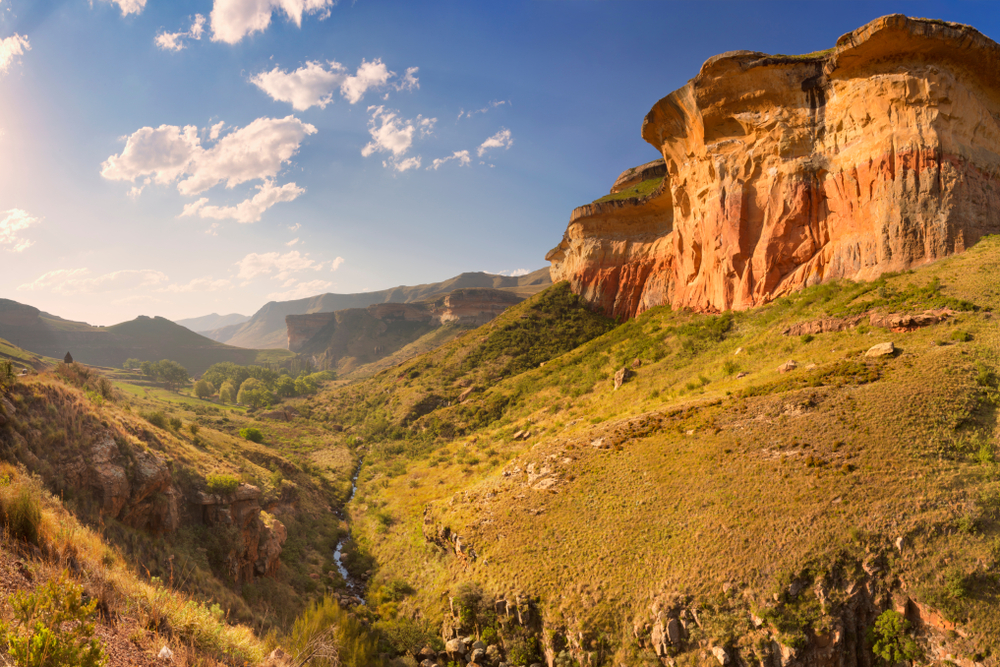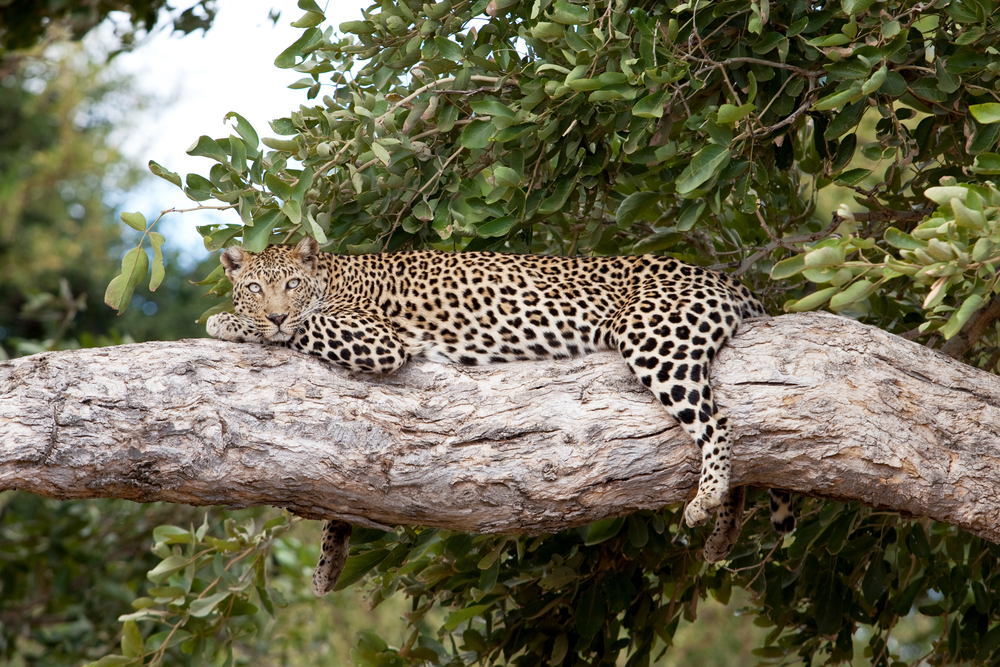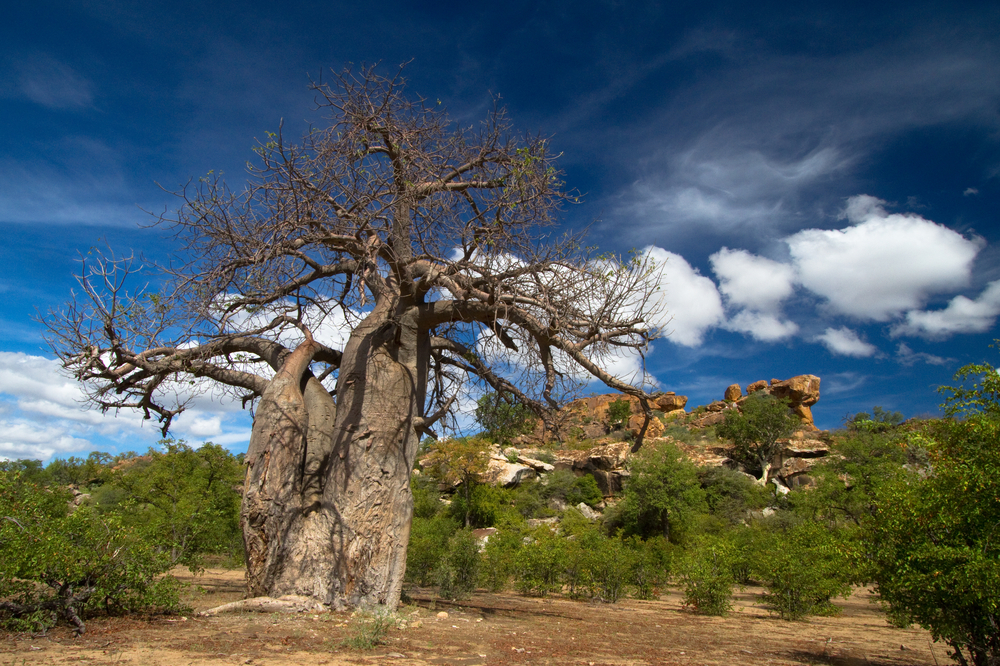Marakele Overview
Marakele National Park, locally known as “Marakele Nasionale Park”, is a stunning conservation area located in the Waterberg Biosphere in Limpopo Province, South Africa. Established in 1994, the park spans approximately 670 square kilometers (259 square miles) and serves as a crucial sanctuary for wildlife and biodiversity. Nestled within the majestic Waterberg Mountain Range, Marakele combines the lush greenery of South Africa’s wetter regions with the arid savannas of the northwest, creating a unique ecological haven.
The terrain of Marakele National Park is incredibly diverse, featuring towering sandstone cliffs, rolling hills, expansive grasslands, and deep valleys. The park’s centerpiece is the Waterberg Mountains, which provide dramatic backdrops and serve as a critical habitat for many species. The area is also dotted with seasonal rivers and waterholes, essential for sustaining its diverse flora and fauna. The contrasting landscapes make Marakele a visually stunning and ecologically rich destination.
Vegetation in Marakele transitions between bushveld savanna and montane forests, supporting a wide range of plant species. This variety provides habitats for an abundance of wildlife. The park is home to the Big Five, including elephants, lions, leopards, rhinos, and buffalo. Marakele is particularly renowned for its large population of Cape vultures, with one of the world’s largest breeding colonies perched on the cliffs of the Waterberg Mountains. Other notable species include giraffes, zebras, and antelopes like eland and kudu, as well as smaller predators like jackals and caracals.
Visitors to Marakele National Park can immerse themselves in its natural beauty through a variety of activities. Game drives are a highlight, offering opportunities to spot wildlife and explore the park’s diverse habitats. The Lenong Viewpoint, accessible via a winding mountain road, provides breathtaking panoramic views of the park and a close look at the Cape vulture colony. Guided bush walks allow for an intimate exploration of the park’s ecosystems, and birdwatching is particularly rewarding due to the rich avian diversity. Marakele also offers camping and safari lodge accommodations, ensuring an immersive wilderness experience.
Despite its beauty, Marakele faces challenges such as habitat degradation, poaching, and the impacts of climate change. Efforts by South African National Parks (SANParks) focus on habitat restoration, anti-poaching measures, and community-based conservation initiatives. Public education and eco-tourism also play vital roles in fostering support for the park’s conservation goals.
Marakele National Park is a testament to South Africa’s commitment to preserving its natural heritage. Its striking landscapes, rich biodiversity, and unique location within the Waterberg Biosphere make it a must-visit destination for nature lovers and eco-tourists. Protecting Marakele ensures the survival of its ecosystems and reinforces its role as a critical link in South Africa’s conservation network.








































































